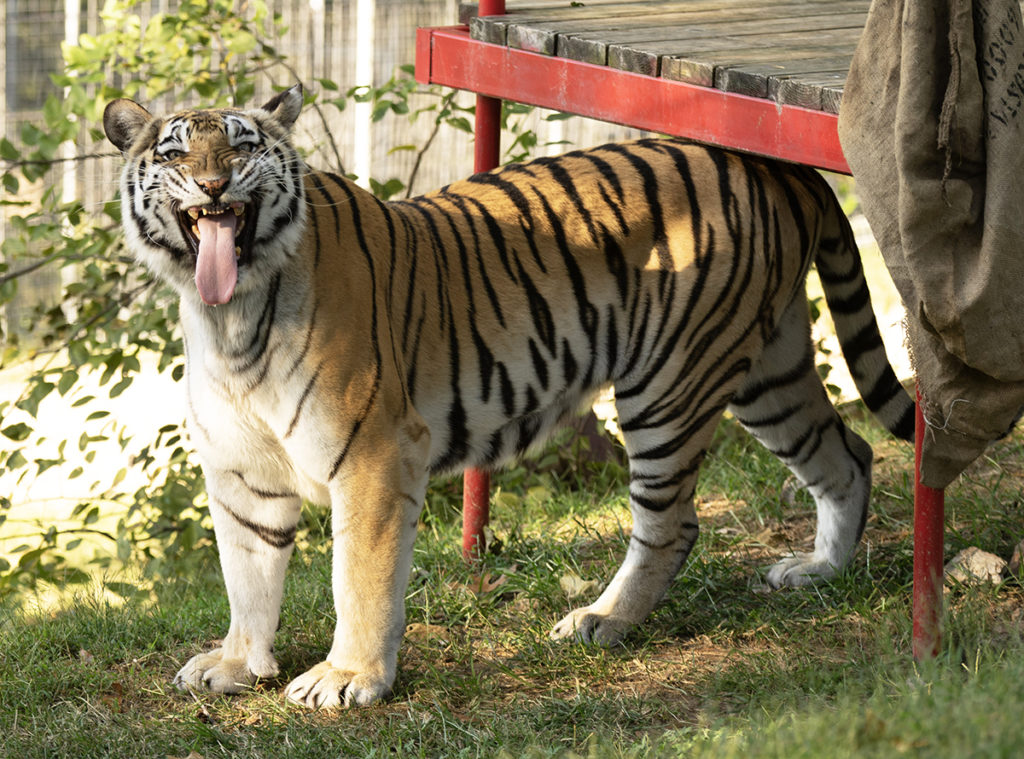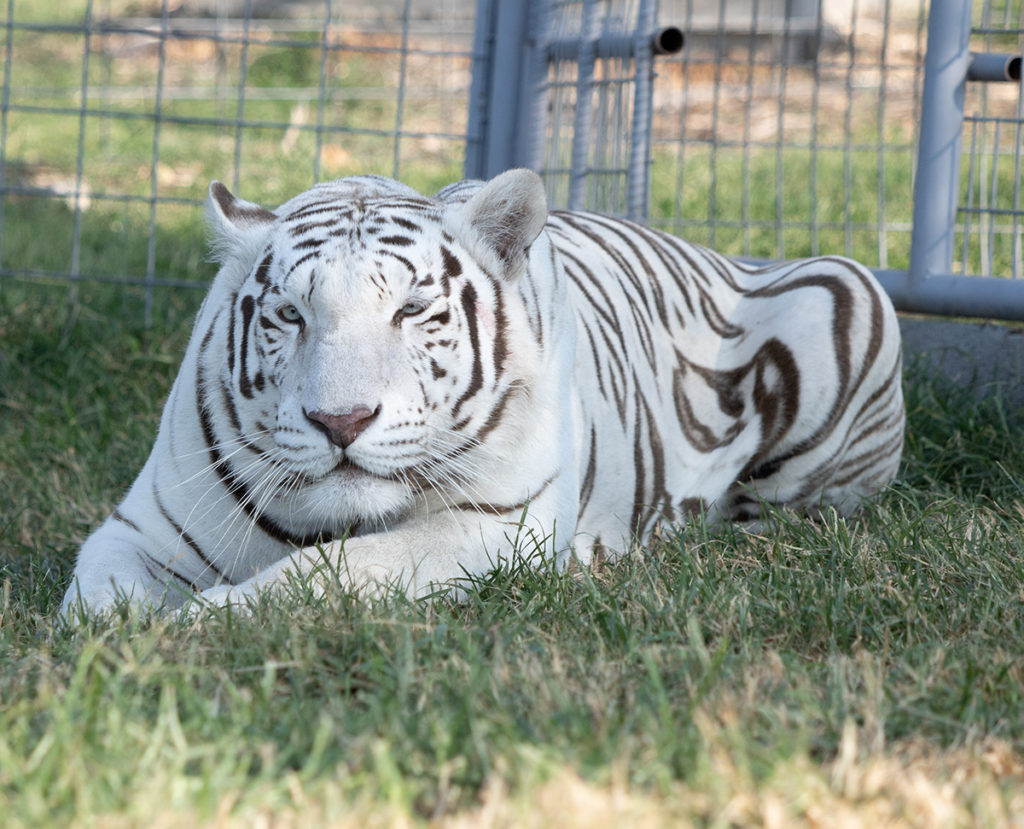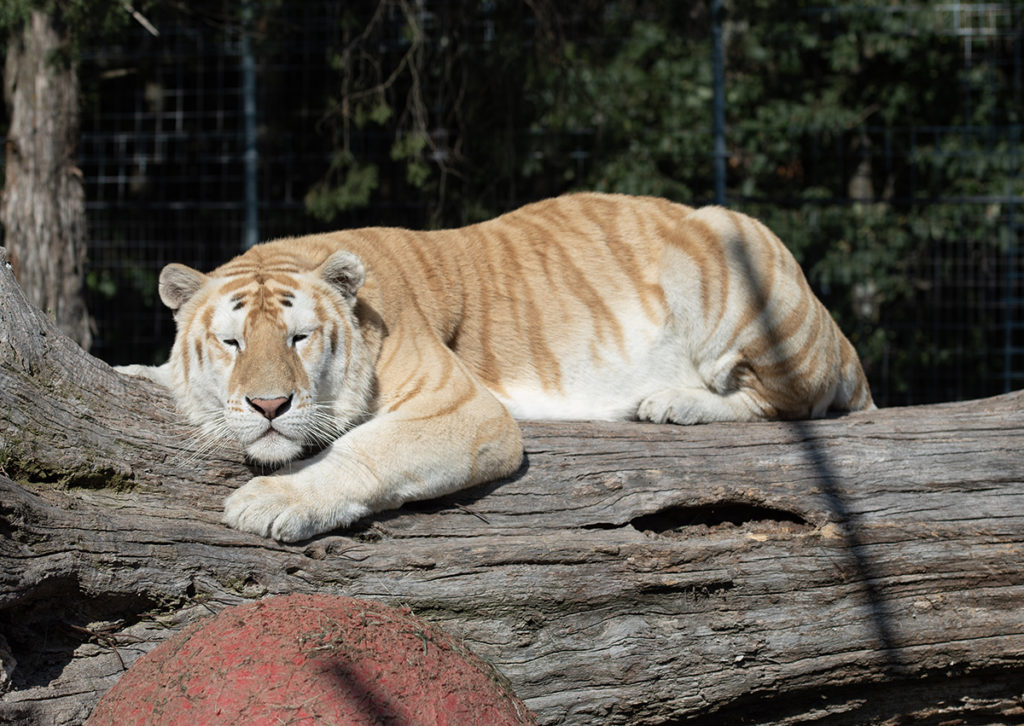The American “Generic” Tiger
December 10, 2019
 The demand for tigers as a source of entertainment and being kept in private ownership is deterring from the reality of the very possible extinction of wild tigers in the near future. Approximately 95% of captive tigers are privately owned and have no conservation or genetic value. They have been cross-bred between different subspecies, diluting their genetics, and carries a negative implication for animal welfare and species conservation efforts.
The demand for tigers as a source of entertainment and being kept in private ownership is deterring from the reality of the very possible extinction of wild tigers in the near future. Approximately 95% of captive tigers are privately owned and have no conservation or genetic value. They have been cross-bred between different subspecies, diluting their genetics, and carries a negative implication for animal welfare and species conservation efforts.
Breeding tigers is not consistently regulated in private hands, many generic tigers also suffer health issues due to inbreeding and over-breeding practices. The purpose is to have as many babies as possible, and not to ensure that the genetics are preserved or animal welfare is a priority.
Currently, there are over 5,000 privately owned tigers in the United States, while only ~ 3,800 wild tigers remain between 5 different subspecies. Many private owners, menageries, and roadside zoos also breed for traits that are not naturally found in the wild, such as white tigers, causing debilitating health issues from inbreeding.
 As a legitimate captive breeding and conservation program, the Association of Zoos and Aquariums (AZA) is an accrediting organization that over 200 true zoos have obtained to ensure the highest standards of animal care, education, scientific research, and conservation. They follow strict and regulated guidelines for their breeding programs to ensure that genetics are pure and that endangered species being bred for conservation purposes to maximize genetic diversity for the Amur (Siberian), Malayan, and Sumatran tiger subspecies in their Species Survival Plan. AZA zoos currently have 269 tigers within their breeding programs.
As a legitimate captive breeding and conservation program, the Association of Zoos and Aquariums (AZA) is an accrediting organization that over 200 true zoos have obtained to ensure the highest standards of animal care, education, scientific research, and conservation. They follow strict and regulated guidelines for their breeding programs to ensure that genetics are pure and that endangered species being bred for conservation purposes to maximize genetic diversity for the Amur (Siberian), Malayan, and Sumatran tiger subspecies in their Species Survival Plan. AZA zoos currently have 269 tigers within their breeding programs.
It is vital that take action now to prevent further abuse and neglect of big cats, and only support facilities that are focused on animal welfare, education, and conservation. As an individual, you can make a difference by choosing to support true zoos and sanctuaries, who are not exploiting this magnificent species.
 How You Can Help:
How You Can Help:
- Join us to advocate for the Big Cat Public Safety Act to end private ownership and cub petting in the United States. With stricter laws, the focus can shift on protecting tigers and their wild counterparts.
- Visit our: How You Can Help Page to learn more about how your choices make an impact.
- Visit true sanctuaries like TCWR, that rescue abused and neglected privately owned tigers, and provide them with a life they deserve.
- Do your research before you visit any facility that exhibits animals to the public.
- Do not visit places that allow interaction with big cats, breeding outside of AZA regulated zoo facilities, and allow cub petting and photo opportunities.
Sources:
Association of Zoos & Aquariums. (n.d). Tiger Conservation. Retrieved from https://www.aza.org/tiger-conservation.
World Wildlife Fund. Winter 2016. Captive Tigers in the US. Retrieved from https://www.worldwildlife.org/magazine/issues/winter-2016/articles/captive-tigers-in-the-us.
